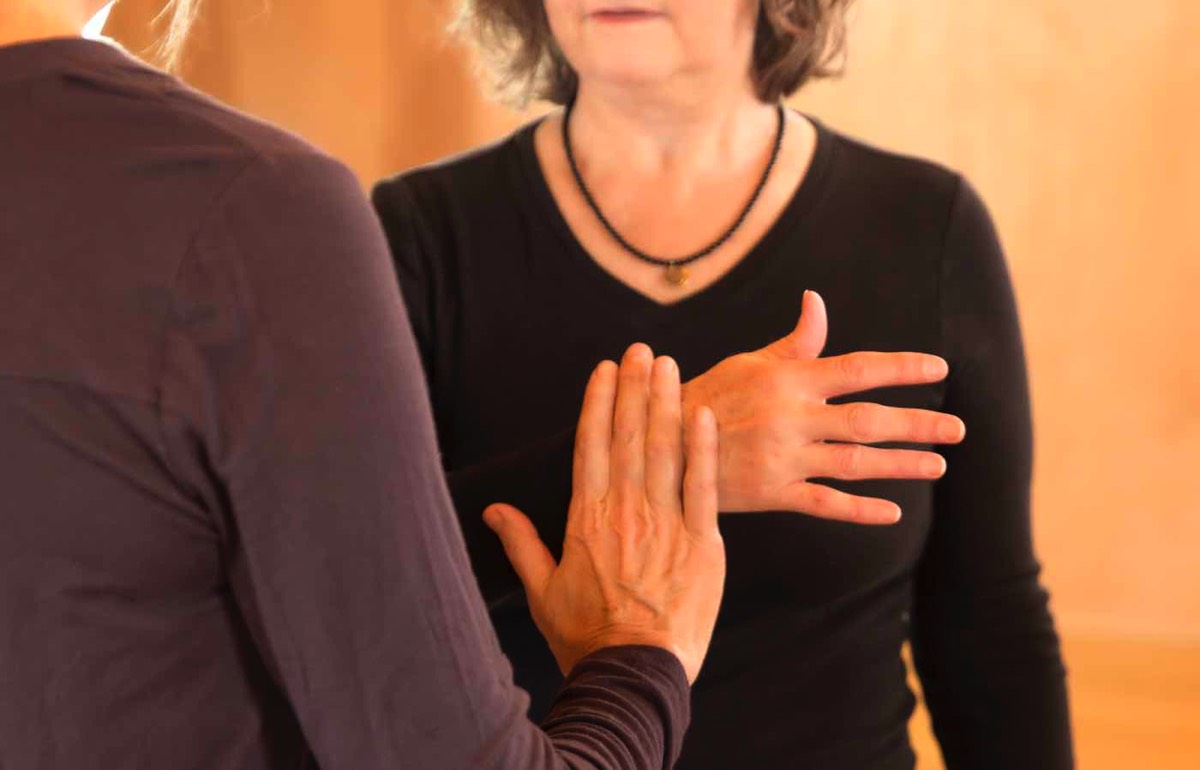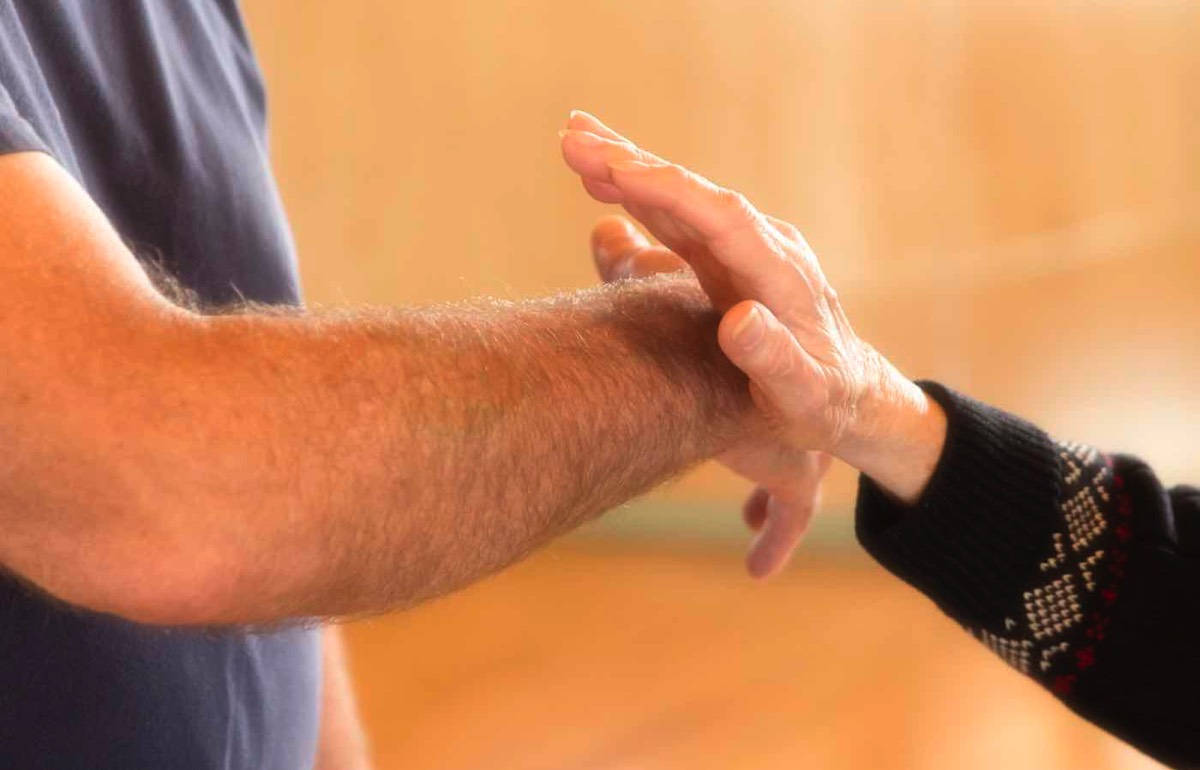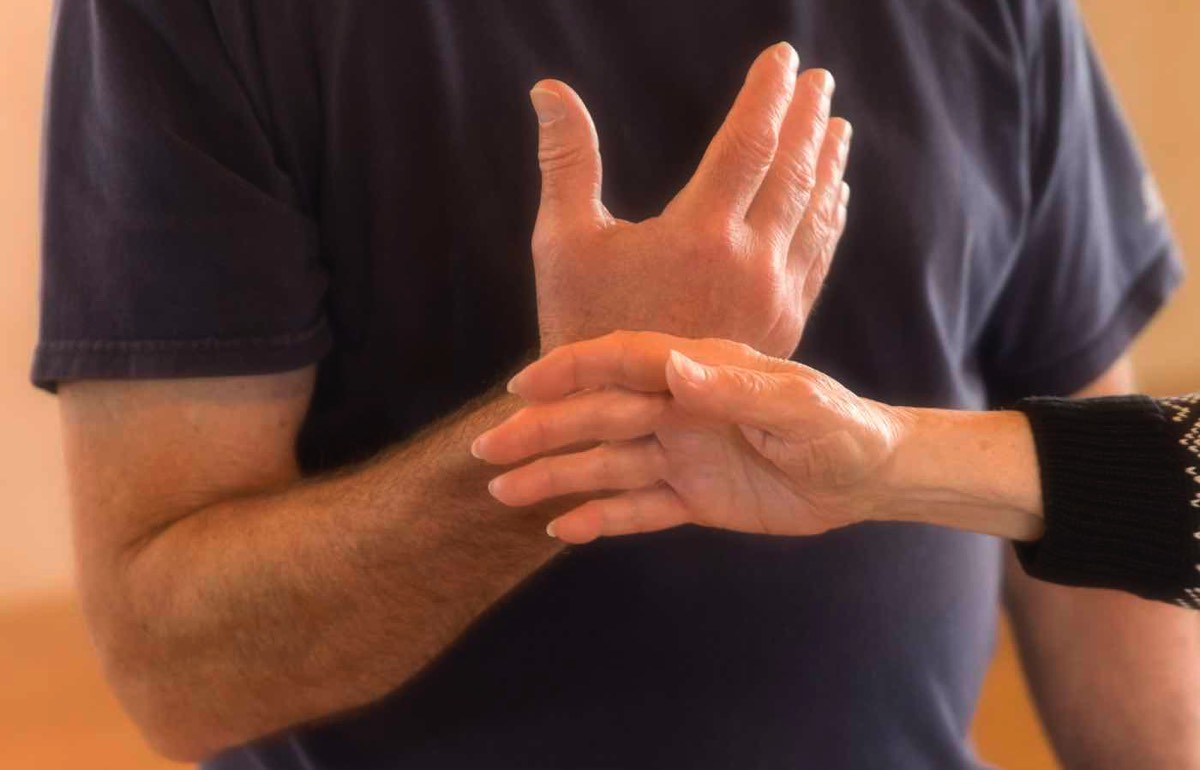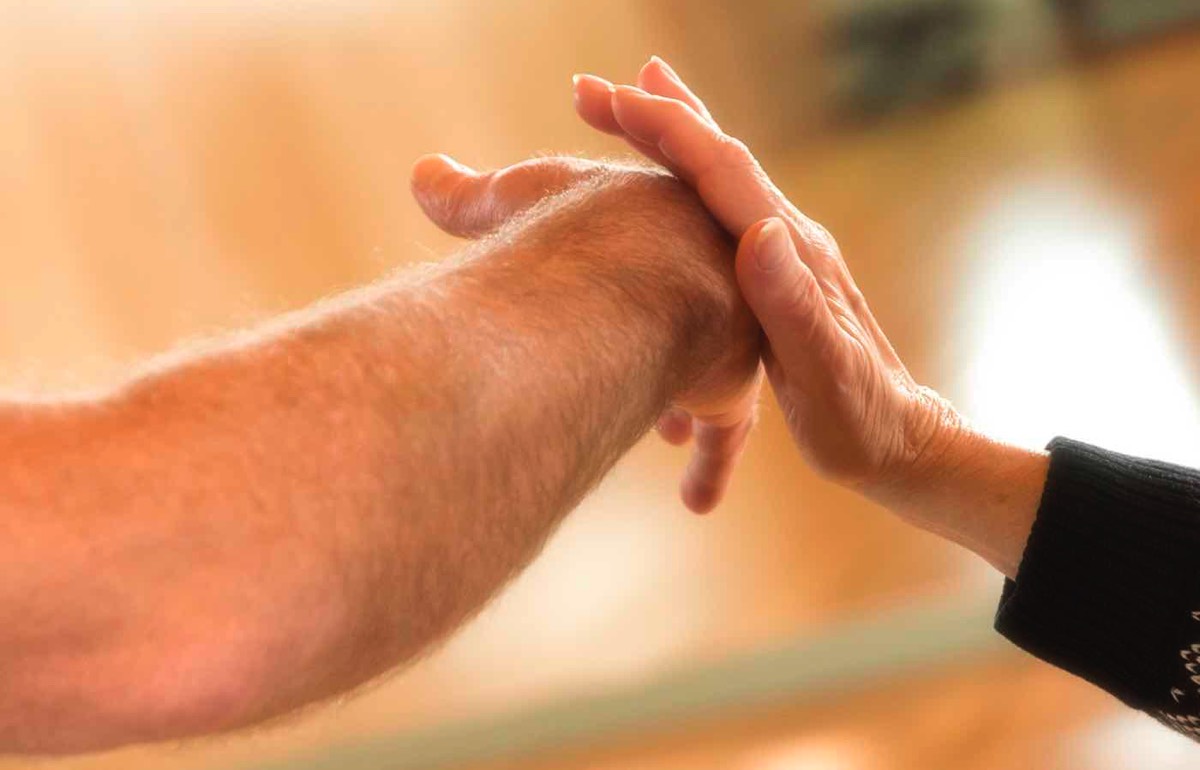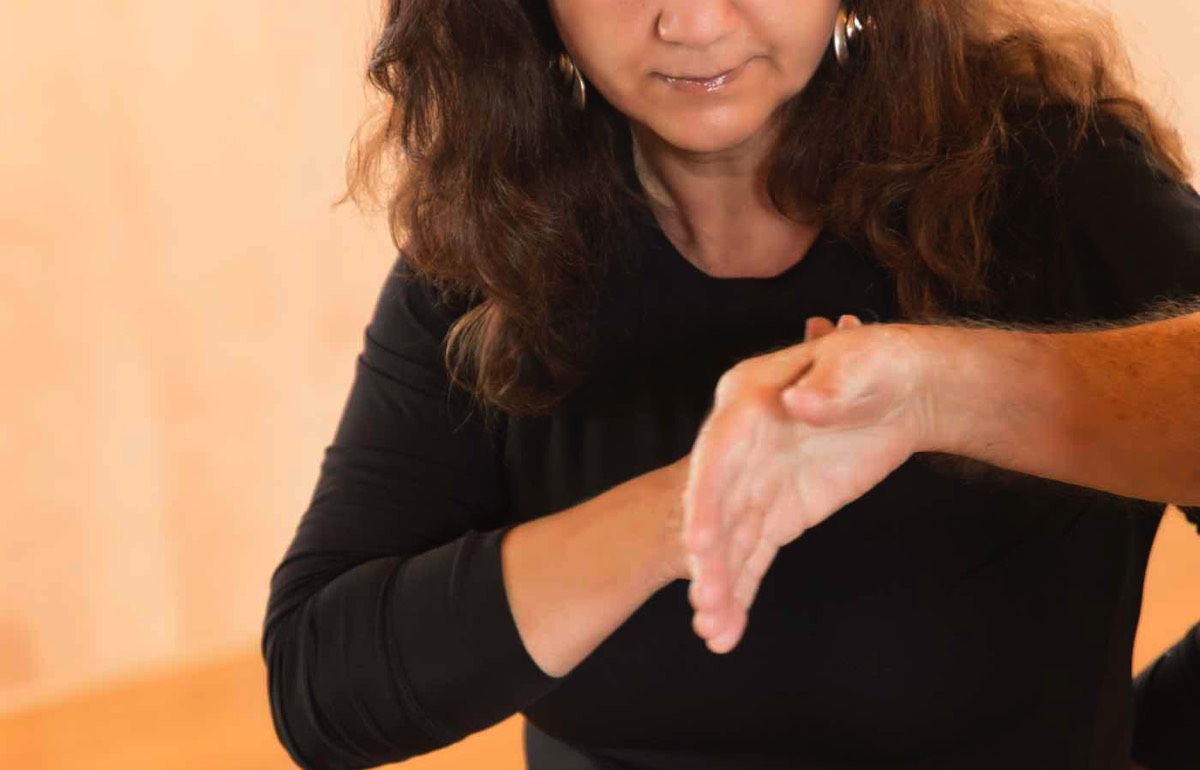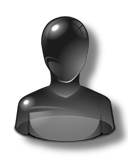T'ai Chi Essentials
T’ai Chi Ch’uan is an art with a long history and great depth. The basics of the T’ai Chi form are not difficult to learn. Once you have become familiar with the movements, there is much more to explore.
The lifelong journey into the full extent of the art of T’ai Chi starts as you begin to incorporate its essential principles for body, posture, and mind into your practice. The following Ten Essential Points are based on the writings of Yang Cheng-Fu, a prominent figure in the 1930s, and now known as the father of modern T’ai Chi. These principles provide a focus that will keep your T’ai Chi practice fresh, interesting, and challenging. Some of the concepts may be difficult to understand at first, but, as you think about them when you practice, they will become clearer, and you will attain a higher level of T’ai Chi. The classics say T’ai Chi is “like a river, rolling on unceasingly”; it looks smooth and tranquil on the outside, but there is immense power within.
Keep the head upright. Imagine that your head is suspended from above by a string. Stiffness in the neck will impede the free flow of Qi. Tuck your chin in slightly and visualize the Qi reaching the top of your head.
Depress (relax) the chest and raise the upper back. Relaxing the chest muscles allows the Qi to sink to the Tan-T’ian. By raising your upper back (without stiffening) and suspending your head from an imaginary string, your lower body settles toward the ground and your upper body is stretched upwards -- Qi is able to reach your back.
Loosen (relax) the waist. The waist is the commander of the body, controlling the change from substantial to insubstantial (solid to empty). When your waist is loose, your legs will have power and your body will be firm and stable. To loosen your waist, gently stretch your hips outward and concentrate on relaxing the area of the Tan-T’ian, directing the Qi downwards with your out-breath.
Distinguish between substantial and insubstantial. When you are able to distinguish between substantial and insubstantial (solid and empty), your movements become light and nimble. Touch your foot down lightly, like a cat. Touch down with your heel first as you go forward and your toe as you go backward, then consciously and gradually transfer your weight.
Sink (relax) your shoulders and elbows. If your shoulders are tense, the Qi moving towards your shoulders will not flow through to the Tan-T’ien. Your movements will show a deficiency of inner strength and lack of continuity. To relax the shoulders and elbows, imagine elongating your shoulder joints and stretch the points of your elbows downwards.
Use your will (mind) and not your force. By relaxing the body and focusing just on the movement, your movements will be light and nimble, exactly as your mind directs.
Coordinate the upper and lower body movements. The T’ai Chi Classics say, “…motion should be rooted in the feet, released through the legs, controlled by the waist, and manifested by the hands through the shoulders and arms.” The whole body acts as an integrated unit. When there is lack of coordination, the movement appears disjointed and lacks strength. Focus on coordinating your arm and leg movements so they reach their designated positions at the same time.
Unify (coordinate) internal and external movements. The internal is the inner force, mind and spirit; the external includes the movements, posture, and body. When you are in total focus, your mind and spirit will unite with the external movements. This is difficult to achieve all the time, but with committed practice, you will take small steps towards it.
Maintain absolute continuity of movement. The movements of T’ai Chi are continuous and without interruption. In T’ai Chi, every movement is a curve or circle -- with no beginning or end. When you practice, think of this circular path, and control the movements so that they are slow, even, and continuous. Gradually, your inner force will develop and will become unceasing.
Seek stillness (serenity in movement). Though active externally, the T’ai Chi practitioner is calm internally. Cleanse your mind and concentrate on the slowness and evenness of your movements, with your breathing long and deep, thus enabling the Qi to sink to the Tan-T’ien.
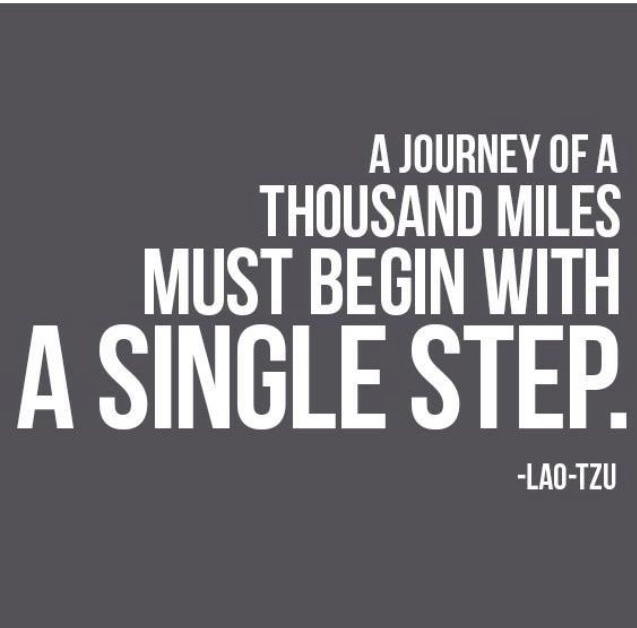

Foundations
T'ai Chi Ch’uan is a spiritual discipline. T’ai Chi is commonly translated “Supreme Limit,” but is better seen as the “Great Polarity” — as in yin-yang, male-female, positive-negative: the Taoist abiding principle of the universe. “Chuan” is literally translated “fist,” or “system of self defense,” emphasizing energy and movement. So, T’ai Chi Ch’uan is the system of self-defense based upon the Taoist spiritual principle of moving the Great Polarity. Moving the Great Polarity through T’ai Chi brings to light one key to living in balance:
WE are responsible for our lives.
That is, we are “responsible” for our response to the flow of events. If we react with tension and fear to the flow of events, we will produce some level of suffering to our lives and the lives of others around us. However, if we can relax, we will be come less afraid, and as we become less afraid, we grow more relaxed. This is the nature of personal progress.
Tao (pronounced “dow”), literally means “way,” as in “road” or “path.” Linguistically, it is the way to get from San Diego to San Francisco, but philosophically, it is the way we get from birth to death. As a universal, its mystery has to be gained between the lines. Tao is not something we acquire, for we are already a part of it. But we can block its manifestation within us, primarily through fear and tension.
To experience Tao, we have to be both sensitive and open. The law of Tao is reciprocating. That is, what we put out is what we get back. When we are open, generous and loving, we experience life as safe, abundant, and full of love. When we are tense and fearful, and view life as dangerous and hostile, our lives begin to reflect this by defining the terms of that fearful reality. As we feel pain (emotional or physical) and are not relaxed, we block the flow of the Tao. Fear is the source of the blockage, although its presence is usually hidden, and it blocks the Tao by warping our perceptions. It sends us guiltily into the past or anxiously into the future, rather than letting us relax in the present. T’ai Chi Ch’uan is designed to help.

